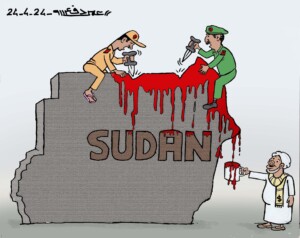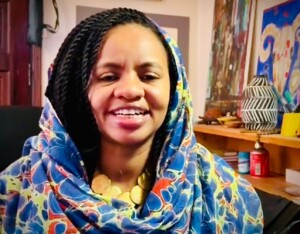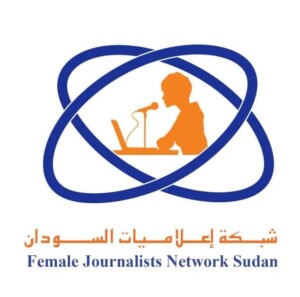Early cattle migration ‘may cause tension in Sudan’
A food security analyst fears that the earlier southward migration of herders with their livestock in Sudanese states this year will cause friction between farmers and pastoralists.
There is less…
A food security analyst fears that the earlier southward migration of herders with their livestock in Sudanese states this year will cause friction between farmers and pastoralists.
There is less and poorer quality pasture available than usual this year and as a result, livestock are already being migrated southward towards agricultural land in El Gedaref, El Gezira, Kassala, and Sennar states, according to the Famine Early Warning Systems (FEWS Net) Food Security Outlook Update for September.
Migration usually takes place only in December and January, with livestock typically arriving during or just after the harvest period. As crops are in an earlier stage of development, there is a higher risk of crops being accidentally destroyed or consumed by livestock giving rise to possible risks of conflict between farmers and pastoralists.
'Rainfall in Sudan improved in August'
More areas planted
Improved rains since mid-August, however, have facilitated the continued planting in rain-fed areas of Sudan. By mid-September, up to 65 percent of agricultural lands in rain-fed areas have been planted – as opposed to only 40 percent planted in August, although vegetation conditions are well below average in the surplus-producing sorghum belt in eastern and central Sudan.
While sorghum production prospects have improved, the late start of season, low rainfall, and below-average planted area have reduced the seasonal agricultural labour demand, with daily wages reportedly down by one third, according to FEWS Net.
The most food insecure people in Sudan continue to be in the conflict-affected areas of Darfur, South Kordofan, West Kordofan, and Blue Nile states. These are in particular the newly displaced people in Darfur and the displaced people living in areas controlled by the rebels in South Kordofan.
The analysts report that areas with ‘crisis’ food insecurity levels (under the indicator ‘emergency’ level) are East Jebel Marra in Darfur and south-east South Kordofan.
The Food and Agriculture Organization (FAO) published its findings two weeks ago about poor crop growth and pasture conditions caused by rainfall shortage in Sudan.











 and then
and then